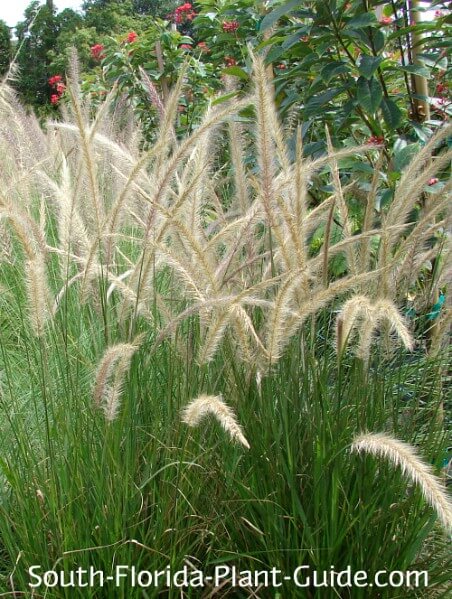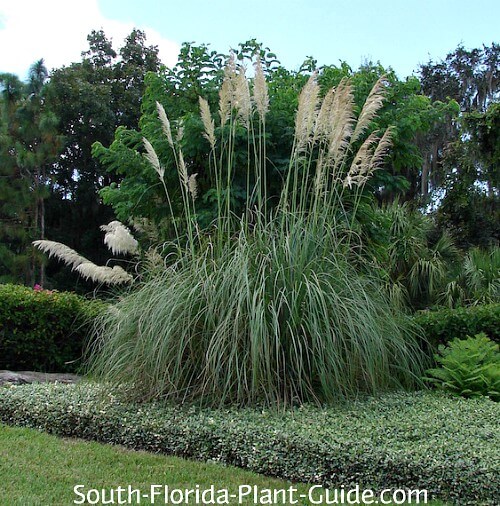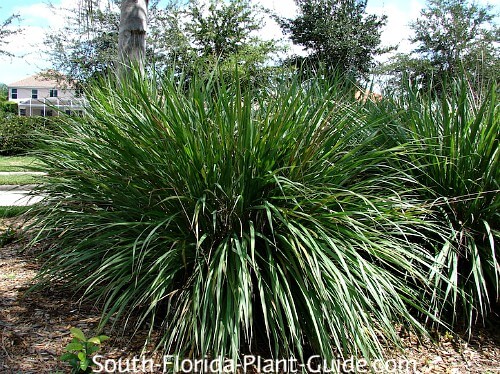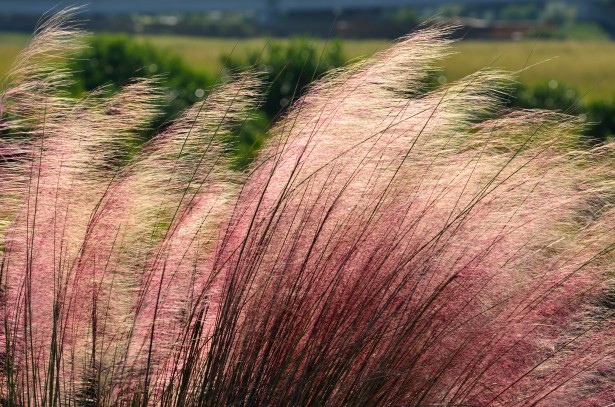Welcome to your comprehensive guide on decorative grasses in Florida! If you’re looking to add a touch of elegance, texture, and color to your garden, you’ve landed in the right place. As a passionate gardener who has spent years experimenting with various plants in the vibrant Florida climate, I’m excited to share insights into the best decorative grasses that thrive here.
What Are Decorative Grasses?
Decorative grasses, also known as ornamental grasses, are plants primarily grown for their attractive appearance rather than for utility or food. They can bring movement, softness, and a natural aesthetic to your landscape. In Florida, the warm climate and diverse ecosystems provide a unique opportunity to cultivate a wide variety of these stunning plants.
Why Choose Decorative Grasses in Florida?
Decorative grasses offer numerous benefits that make them an excellent choice for Florida gardens:
- Low Maintenance: Once established, many ornamental grasses require minimal care.
- Drought Tolerance: Perfect for Florida’s hot summers, many types of grasses can withstand dry conditions.
- Year-Round Appeal: Decorative grasses maintain their structure and color throughout various seasons, providing year-round interest.
- Wildlife Friendly: They can provide habitat and food for numerous birds and insects.
Popular Decorative Grasses for Florida
Let’s explore some of the most popular decorative grasses that flourish in Florida’s unique climate.
1. Fountain Grass (Pennisetum alopecuroides)
Fountain Grass is a favorite among gardeners for its graceful arching form and fluffy flower spikes that sway beautifully in the wind.

Characteristics:
- Height: 2-4 feet
- Bloom Time: Late summer to fall
- USDA Hardiness Zone: 6-9
Pros and Cons:
| Pros | Cons |
|---|---|
| Beautiful plumes for a decorative touch | Can spread aggressively if not maintained |
| Drought tolerant once established | Requires well-drained soil |

2. Miscanthus Grass (Miscanthus sinensis)
This tall and bold ornamental grass provides a dramatic backdrop in any landscape design.
Characteristics:
- Height: 4-6 feet
- Bloom Time: Late summer to fall
- USDA Hardiness Zone: 5-9

Pros and Cons:
| Pros | Cons |
|---|---|
| Creates privacy with tall foliage | Needs regular pruning in late winter |
| Attracts birds and pollinators | Can be invasive in some regions |
3. Blue Fescue (Festuca glauca)
Blue Fescue is celebrated for its stunning blue-gray foliage and compact growth habit, making it ideal for borders or rock gardens.

Characteristics:
- Height: 1-2 feet
- Bloom Time: Late spring to early summer
- USDA Hardiness Zone: 4-8
Pros and Cons:
| Pros | Cons |
|---|---|
| Striking color contrast in the garden | Needs good drainage to prevent rot |
| Requires little maintenance | May go dormant in extreme heat |

4. Pampas Grass (Cortaderia selloana)
Pampas Grass is known for its large, feathery plumes that can reach impressive heights, providing a dramatic effect in any landscape.
Characteristics:
- Height: 6-10 feet
- Bloom Time: Late summer to fall
- USDA Hardiness Zone: 7-10

Pros and Cons:
| Pros | Cons |
|---|---|
| Great for creating windbreaks | Can become invasive if not controlled |
| Attractive to birds and butterflies | Sharp leaves can cause injury |
5. Maiden Grass (Miscanthus sinensis)
Maiden Grass is a versatile choice that offers variegated foliage and graceful flower heads, adaptable to many landscape styles.
Characteristics:
- Height: 3-6 feet
- Bloom Time: Late summer to fall
- USDA Hardiness Zone: 5-9
Pros and Cons:
| Pros | Cons |
|---|---|
| Excellent for mass plantings and borders | Requires regular watering in dry months |
| Beautiful fall color | Needs winter cutback for renewal |
How to Care for Decorative Grasses
Caring for decorative grasses in Florida is relatively straightforward due to their adaptability and resilience. Here are some essential care tips:
Watering Requirements
Most decorative grasses prefer well-drained soil. Water them deeply but infrequently, especially during dry spells. Once established, many grasses are drought-tolerant.
Fertilization
A light application of a balanced fertilizer in spring can promote growth. However, avoid over-fertilizing, as this can lead to excessive foliage and reduced flowering.
Pruning and Maintenance
In general, decorative grasses require minimal maintenance. Prune dead foliage in late winter or early spring before new growth begins. This practice helps maintain their shape and encourages healthy growth.
Common Pests and Diseases
While ornamental grasses are generally pest-resistant, watch for common issues such as:
- Spider mites
- Leafhoppers
- Diseases like fungal leaf spots
Regular inspections and maintaining good air circulation can help prevent these issues.
Designing with Decorative Grasses
Incorporating decorative grasses into your landscape design can elevate the aesthetic appeal of your garden. Here are some tips to get you started:
Creating Focal Points
Tall grasses like Pampas Grass can serve as stunning focal points in your garden. Position them strategically to draw the eye.
Mixing with Other Plants
Combine ornamental grasses with flowering perennials or shrubs for a dynamic look. The contrast of textures enhances visual interest.
Using Grasses for Privacy
Utilizing tall grasses like Miscanthus can provide privacy screening. Plant them in rows to create a natural barrier that feels both elegant and inviting.
Comparison Table of Popular Decorative Grasses in Florida
| Grass Type | Height | Bloom Time | USDA Zone | Maintenance Level |
|---|---|---|---|---|
| Fountain Grass | 2-4 ft | Late Summer | 6-9 | Low |
| Miscanthus Grass | 4-6 ft | Late Summer | 5-9 | Moderate |
| Blue Fescue | 1-2 ft | Late Spring | 4-8 | Low |
| Pampas Grass | 6-10 ft | Late Summer | 7-10 | Moderate |
| Maiden Grass | 3-6 ft | Late Summer | 5-9 | Moderate |
Frequently Asked Questions (FAQs)
What are the best decorative grasses for hot, sunny areas in Florida?
Some of the best options include Fountain Grass and Blue Fescue, as they both thrive in sunny, hot conditions and require minimal water once established.
Can decorative grasses withstand saltwater exposure?
Yes, certain types of ornamental grasses, such as Sea Oats, are salt-tolerant and can thrive near coastal regions in Florida. Always check local resources for the best options for your area.
How often should I water my decorative grasses in Florida?
Once established, most decorative grasses only need watering during prolonged dry spells. In the first year, ensure they receive regular watering to encourage healthy root development.
Are there any invasive decorative grasses I should avoid in Florida?
Yes, some ornamental grasses, like Pampas Grass and Miscanthus, can become invasive. It’s crucial to research each species before planting to avoid ecological issues.
Can I use decorative grasses in containers?
Absolutely! Many ornamental grasses do well in containers. However, ensure the pots have adequate drainage and choose varieties that mature at a manageable height.
Conclusion
Decorative grasses can transform your Florida garden into a vibrant, low-maintenance oasis. With the right selection, care, and design strategies, you can create a stunning landscape that thrives in Florida’s unique climate. I hope this guide helps you choose the perfect ornamental grasses that fit your style and gardening goals. Happy planting!